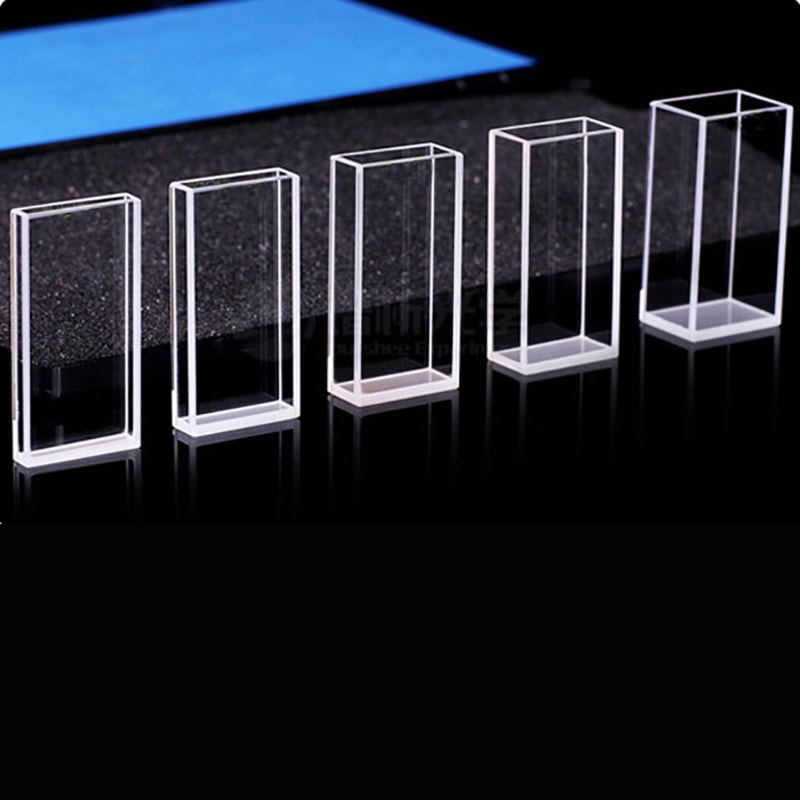The spectrophotometry procedure is the cornerstone for scientific discovery. It is a way to discover the secrets of light absorption and transmission across certain wavelengths. At its heart lies the cuvette, a simple but critical vessel that holds specimens for analysis. The tiny containers may appear simple, but their design specifics, from cuvette path length to material choice can be the key to unlocking accurate information on the concentration of substances and their the purity of the substance. Explore the world of cuvettes, and their dimensions. They affect the results of all experiments.
Power of Cuvette Path length
Imagine an light beam moving through a sample of liquid. The result is dependent on the length of the cuvette, or the distance that the light travels. A standard 1cm path length cuvette is typically used by many labs, balancing between sensitiveness and practicality. Why is it important? The longer the light path is, the higher the amount of light taken in. This means that the signal will be amplified for diluted samples. For concentrated solutions like nucleic or protein acids, a shorter pathway length could alter the way you play. This can reduce dilution, and also preserve precious samples, while also reducing preparation time. What’s the primary takeaway from this? The art of matching path length with requirements for samples is not obvious and increases reliability.

Image credit: cuvet.co
Cuvette Dimensions and Size It’s more than you think
The cuvette’s size is not just how much liquid can be held however it is also how it works with the instrument. Each container is designed for a specific task and comes in a range of shapes and sizes. Semi-micro cuvettes for instance, with their smaller dimensions and thicker wall thicknesses, are designed to handle tiny volumes of samples. Think a tiny amount of nanoliters or perhaps a rare biological extraction. The thick walls let light traverse the sample without even wasting a single drop. This is a huge advancement over a traditional cuvette. It needs fewer steps to pipette, offers less room for error and results that are solid. This clever trick proves the size isn’t just a number, but a method of doing business.
The 1cm Path Length Cube is a Lab Favorite
Why does the 1 cm path length cuvette reign supreme in so many experiments? It’s the best for biological measurement, since the samples are scarce and every milliliter matters. This standard design offers consistent absorbance measurements without overwhelming the detector. However, it’s not a universal super-skill. You can swap it for another cuvette that has a different length of path or a geometry similar to one designed for studies on emission and the data can skew wildly. Choosing the right instrument is vital, don’t just use the one you are comfortable with. A wrong cuvette can be compared with a poorly tuned instrument.
Materials Matters: More Than Size and Path
Cuvette dimensions only tell a portion of the story. The choice of material seals the deal. Glass and quartz cuvettes are famous for their exceptional light transmission rates. They’re strong and durable, which makes them reusable. This makes them ideal for spectroscopy. On the other hand plastic cuvettes provide affordability and convenience to the table. They can be used and thrown away. There’s no need to wash the cuvettes, and there’s no chance of cross contamination. They’re perfect for quick DNA and tests for RNA, and an aqueous solution. What’s the tradeoff? The trade-off? Quartz is the most preferred material for purists. Plastic is the choice of the sensible.
Perfect Practice and Precision
Cuvettes’ appeal lies in their flexibility. Spacers with short paths can be utilized to deal with concentrated samples. Larger vessels are suited for bulkier volumes. The clarity of results is determined by the length of the pathway and size, as well as the material utilized. Consider a lab measuring an uncommon protein: A semi-micro cuvette with a short path skips diluting issues and provides reliable data quickly. If you compare it to an unwise cuvette swap during the experiment and find the results to be distorted and distorted, there’s no reason to be surprised. This is a great reminder that even the smallest small details can have a huge impact on the spectrophotometry.
Cuvettes are tiny, but they play an important role. These vessels, which range from the 1 cm cuvette’s length to custom dimensions, connect the measurement and the understanding. If you’re after high-quality or even concentration, the correct cuvette will transform a weak measure into an outstanding one.
